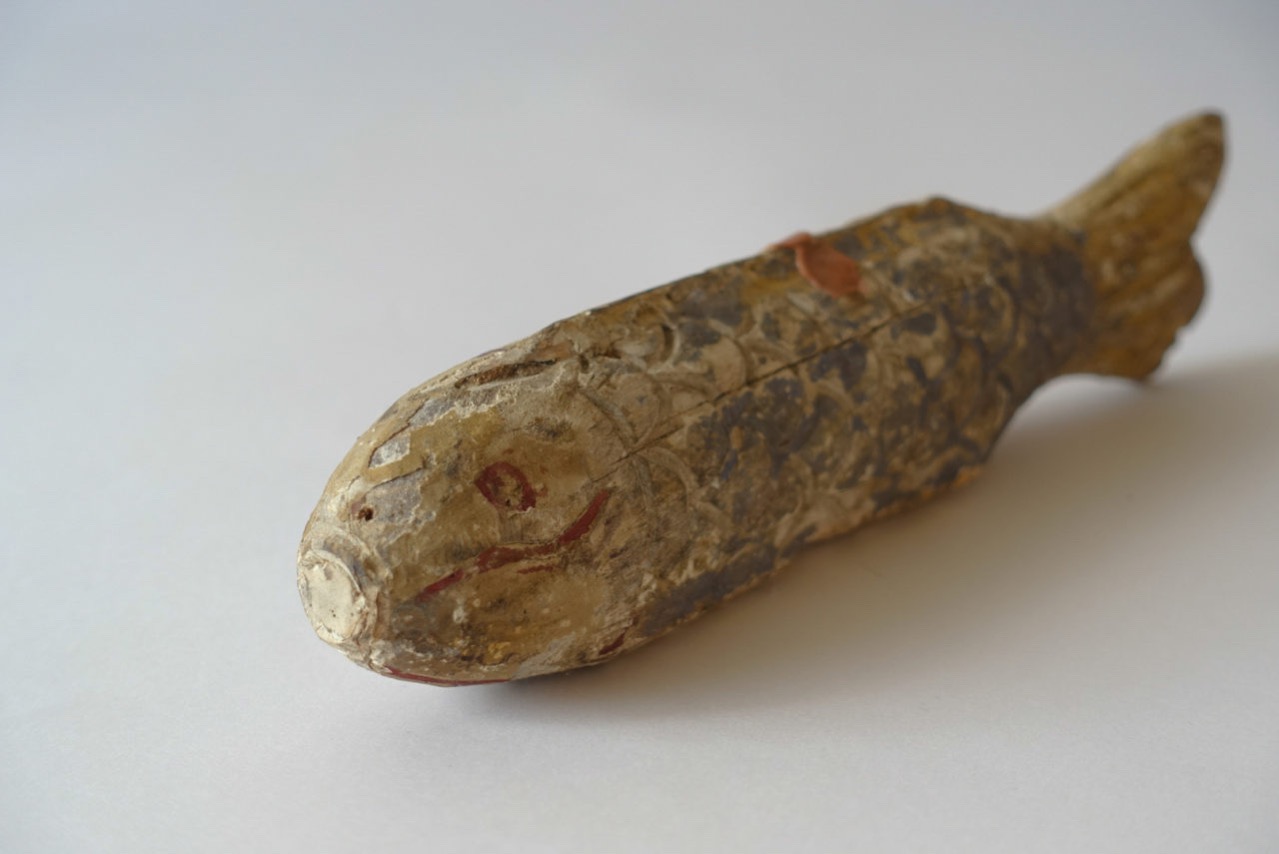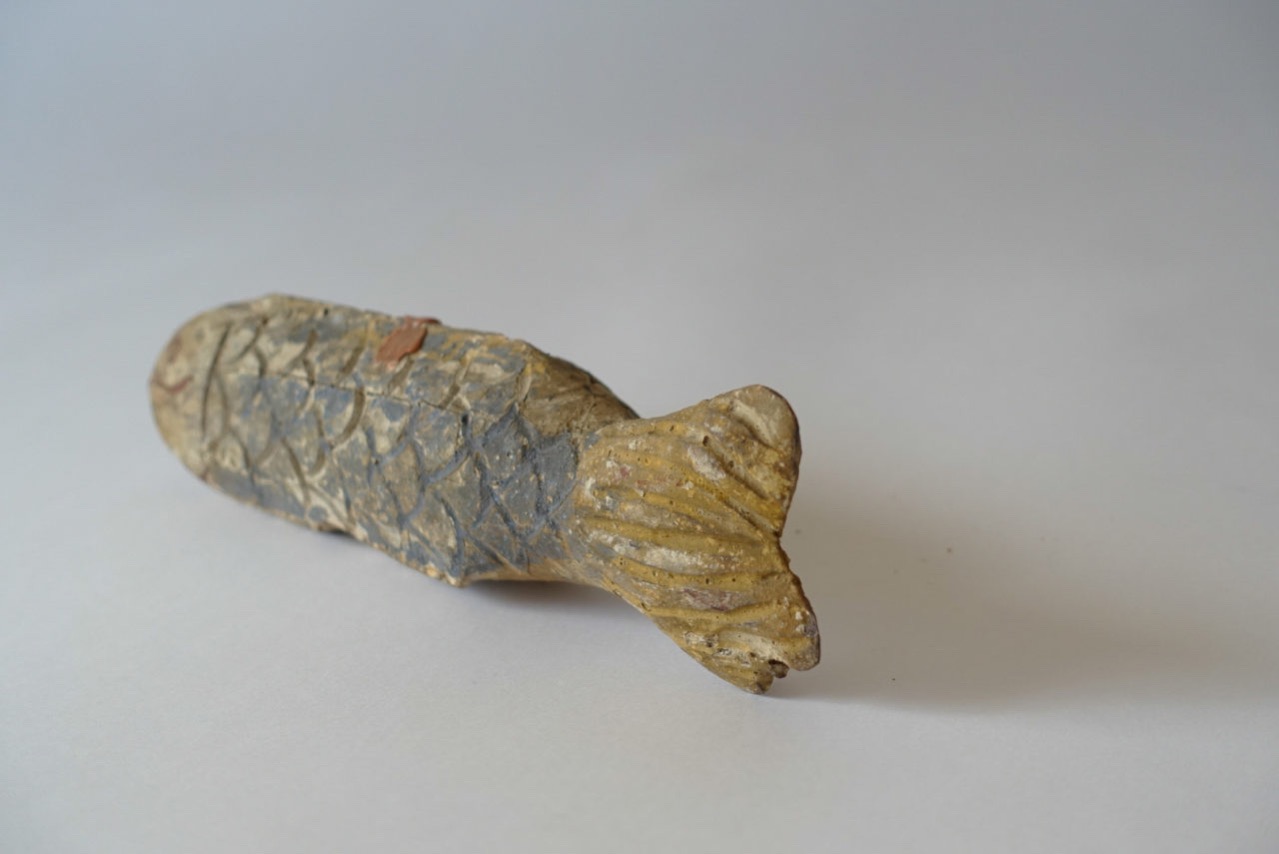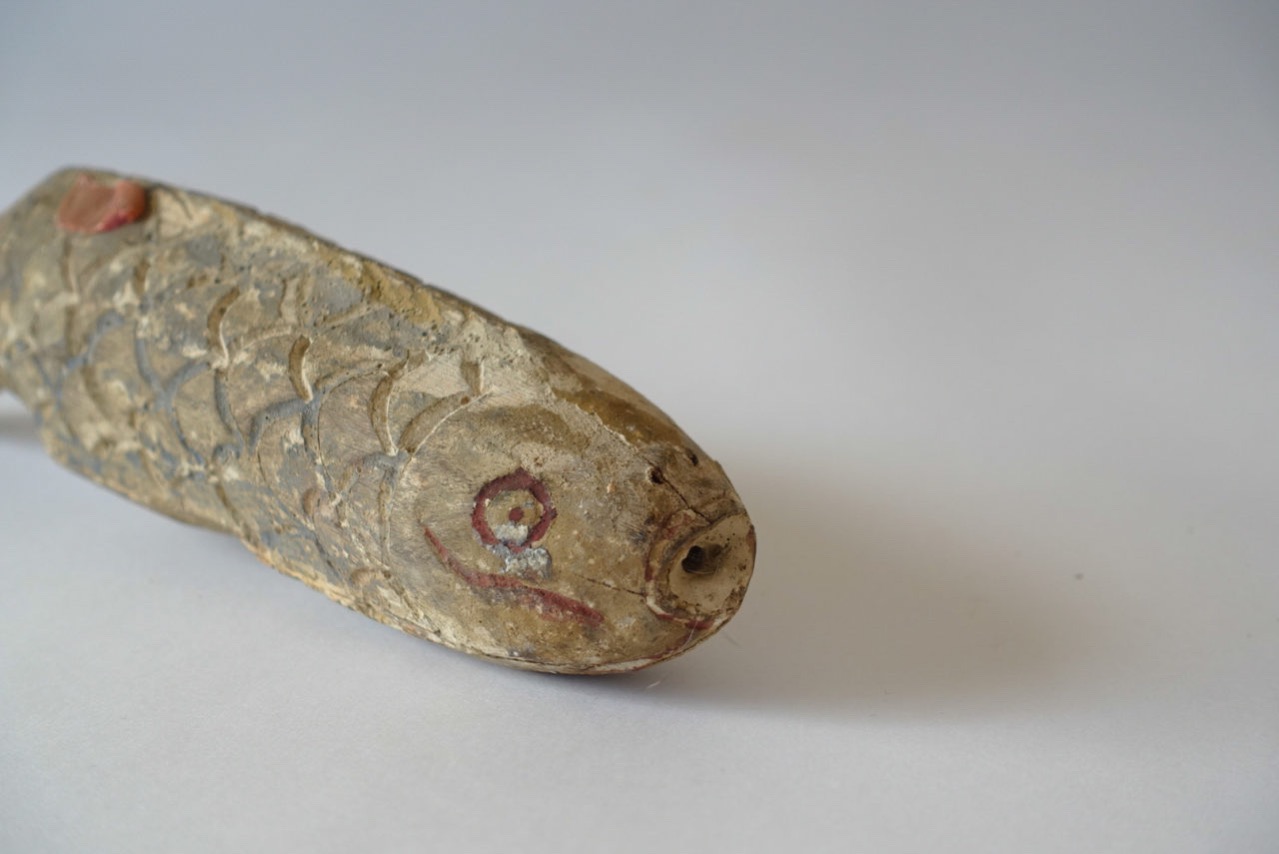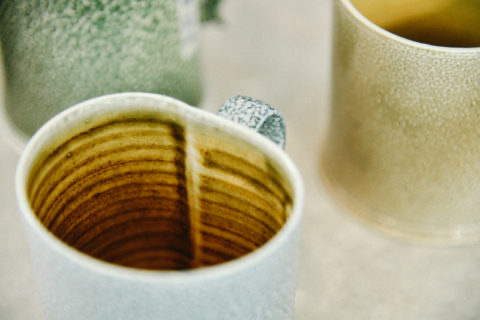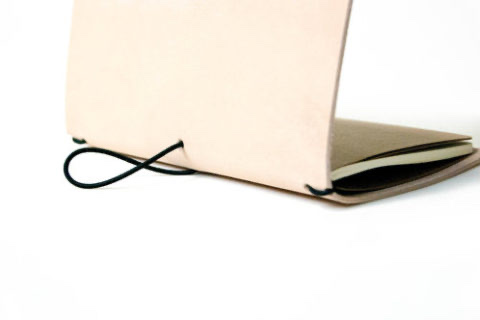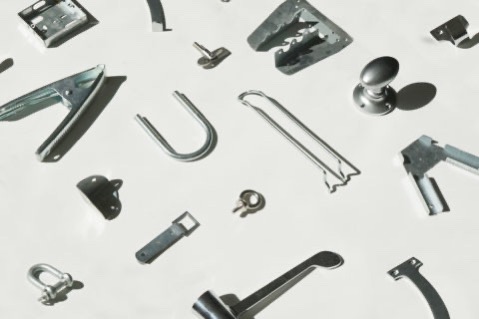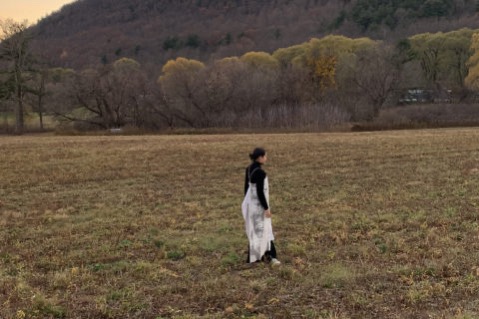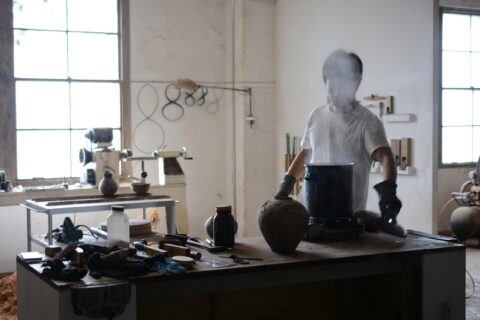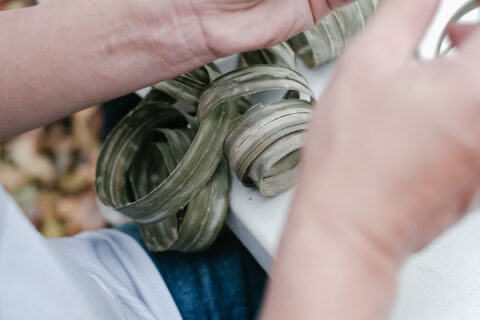
在日本,對工藝品有一個很特別的形容詞:「ヘタウマ」(音:Heta Uma),Heta是差勁的意思,Uma則指出色,拼在一起,就是說,看起來技術很差勁,卻是很出色的作品。每次瞥到家裡這兩尾魚時,便會想到這個形容詞。
兩尾木造鰡魚的造工看來粗糙非常,眼睛一高一低,面容左右不對稱,然而仔細一看,每片鱗片的大小一致,尾色輕輕抬起,猶如魚兒正在池塘裡自由游動。木鰡魚是朝國在李氏王韓時的製品,聽說那些人們愛以鰡魚作為神明的供品,然後新鮮的鰡魚太過昂貴,平民百姓也難得覓得,於是便想到以木材或是紙張造鰡魚,算是對神明表示一點心意。
這類型的民藝品對我來說有著莫名的吸引力,它們並不一定出自專業工匠之手,有時不過是某個地域的人們,為了滿足日常生活而製作的工藝,正因為只是為了解決生活所需的製作,沒有刻意追求藝術性或自我表現,因此總流露著對美好生活的虔誠追求,呈現出非常純粹而直接的美感。
There is a special Japanese adjective particularly used to describe handicraft. Written as ヘタウマ (pronunciation: heta-uma), the first part heta means bad, and the second part uma contradictorily means splendid. Putting the two words together, it means although the item is poorly made, it is, after all, a splendid piece of work. These two pieces of fish decorations I have at home always remind me of this adjective.
These two wooden carp fishes look pretty roughly made, mainly because of the unbalanced eyes and asymmetrical faces. However, a closer look would reveal the skilfully carved scales are actually of identical size, the slightly lifted tails also make the fish appear like they are swimming happily in a pond. The wooden carp fishes were made during the Joseon Dynasty. It was believed that people of the time used carp fishes as offerings to their god, but the fresh carp fish was rather costly to buy, so the average people came up with the idea of making carp fish with wood or paper to show their dedication to the god.
For some reason, I am always drawn by such type of handicrafts that are not made by any professional artisans. They are oftentimes a piece of work made by random people of a certain region that aimed at satisfying practical needs. When making an item of utility, the makers rarely demonstrate any desire for attaining artistic quality or personal style; all they show are the sincere wish for creating a better life. Craft items of this nature always possess an absolutely pure and simple essence of beauty.
